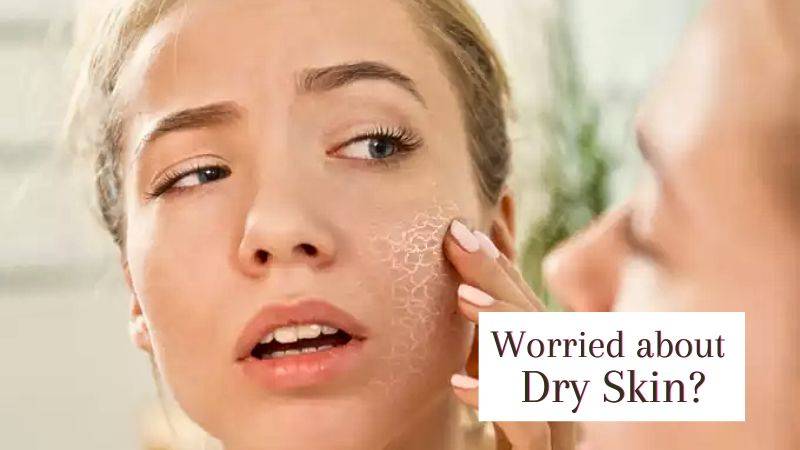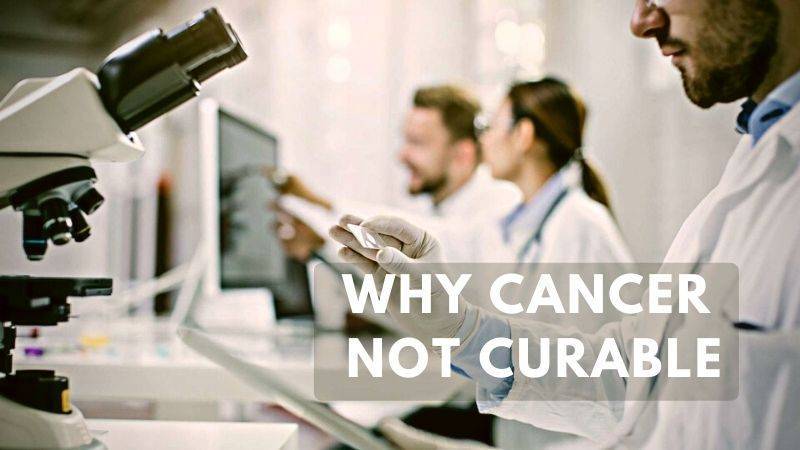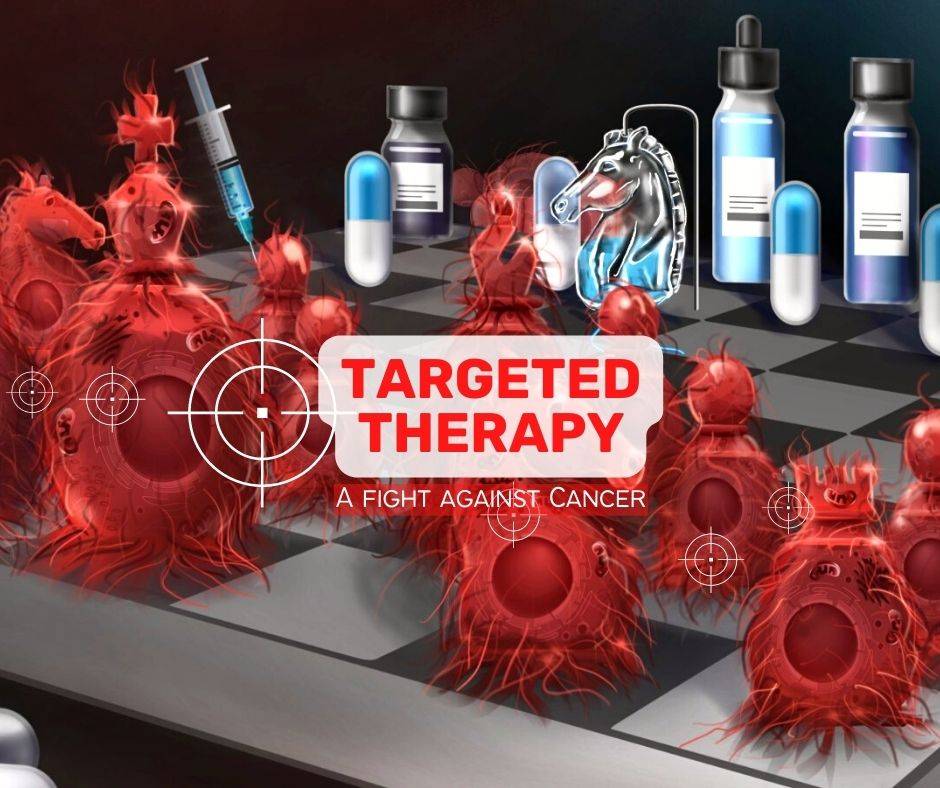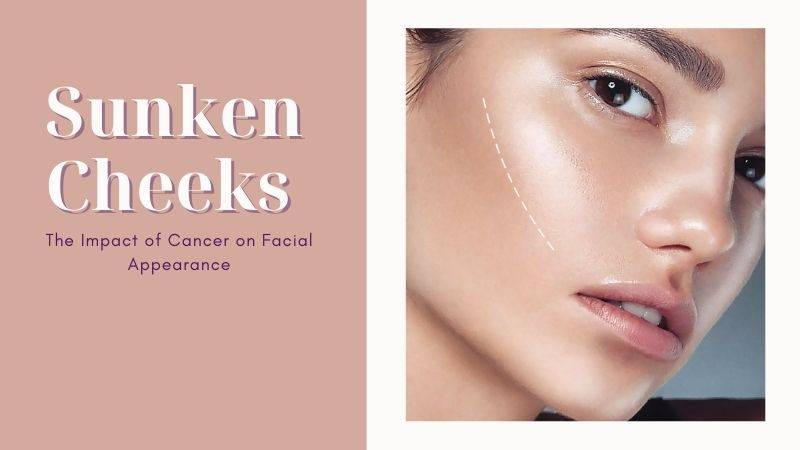“Have you ever found yourself moisturizing your skin regularly, and still experiencing dryness? About 30% of people experience this issue at any given time.”
Dry skin, also known as Xerosis, can affect anyone regardless of age, gender, health, or skincare routine.
Even if you diligently moisturize, you may find that your skin remains dry and flaky. But why does this happen?
In this article, we will explore some of the reasons why your skin may be dry, despite your best efforts to keep it moisturized.
Warning Signs of Dry Skin

Dry skin can manifest in a number of symptoms, including
- Roughness
- Tightness
- Flaking
- Scaling
- Itching
- The urge to scratch
However, excessive scratching can lead to skin damage and increase the risk of infections.
Key factors: Causes of Dry Skin
If you find that your skin remains dry despite moisturizing, it may be necessary to examine various factors that could be impacting your skin.
These factors may include:
- Your habits, such as excessive washing, taking long showers, or using unsuitable skincare products.
- Your environment, such as dry weather, air conditioning, or hard water.
- Your health, including medical conditions, medications, or malnutrition.
- Aspects of your individuality, such as age, ethnicity, or genetics.
By considering these different factors, you can better understand what may be causing your dry skin and take appropriate steps to address it.
6 Reasons Why Your Skin Feels Dry Even If Moisturized
You’re not moisturizing enough or using the wrong product

If you’re only moisturizing once a day or skipping days, your skin may not be receiving enough hydration. To combat this, try moisturizing twice daily, once in the morning and once at night, to see if this helps.
Additionally, using the wrong moisturizer for your skin type can also lead to dryness.
For oily skin, a lighter, oil-free moisturizer may be better suited.
Dry skin may require a thicker, more emollient formula.
Experiment with different moisturizers to find one that works best for your skin.
You’re not exfoliating

Exfoliating helps remove dead skin cells from the skin’s surface, making it easier for moisturizers to penetrate and hydrate the skin.
If you’re not exfoliating regularly, your skin may be too clogged with dead skin cells to fully absorb the moisturizer you’re applying.
Try exfoliating once or twice a week to see if this helps.
You’re using hot or hard water

Hot water can strip away the skin’s natural oils, leading to dryness, so it’s best to use lukewarm water for face washing and showering.
Hard water, which contains high levels of calcium and magnesium, can damage the skin barrier, worsen dryness, and exacerbate skin conditions such as eczema.
Additionally, swimming in chlorinated water can also contribute to dry skin. Chlorine exposure can strip away the protective oils on the outermost layer of the skin and make it more porous, allowing moisture to escape.
To help prevent dryness, it’s best to limit exposure to chlorinated water and rinse off thoroughly after swimming.
You’re not drinking enough water

Failing to drink enough water can be a significant cause of skin dryness. The outer layer of the skin is composed of approximately 15 to 20% water, highlighting the importance of adequate hydration.
Research indicates that increasing your water intake can improve the hydration of the stratum corneum, the skin’s outermost layer.
Therefore, ensuring that you drink enough water on a regular basis is essential for maintaining healthy, hydrated skin.
You’re using harsh products

Some skincare products can be very harsh on the skin, stripping away its natural oils and leaving it dry and irritated.
If you’re using products that contain
- Alcohol
- Fragrances
- Other irritants
This could be contributing to your dry skin. Look for gentle, fragrance-free products that are formulated for sensitive skin.
Certain Skin Conditions & Medication

Skin conditions such as
- Atopic dermatitis or Eczema
- Contact dermatitis
- Psoriasis can cause skin dryness and irritation.
Certain medications, including
- Retinoids
- Topical steroids
- Benzoyl peroxide
- Birth control pills can also trigger dry skin.
Additionally, treatments such as chemotherapy and radiation therapy can lead to flaky skin.
If you experience dryness or flakiness due to these conditions or medications, it’s important to consult with your healthcare provider for appropriate treatment options.
How to Moisturize Dry Skin the Right Way

Here are some tips on how to moisturize dry skin effectively:
Prep your skin with a toner: After cleansing, use a toner to remove any leftover impurities and balance your skin’s pH levels.
Use a serum: Serums can provide an extra boost of hydration while targeting other skin concerns, such as signs of aging or acne. For your body, consider layering a cream and body oil to lock in moisture.
Try an overnight mask: Overnight masks can help hydrate and replenish the skin during its natural regeneration process while you sleep.
By following these tips and incorporating the right products into your skincare routine, you can effectively moisturize dry skin and achieve a healthier, hydrated complexion.
Take Care of Yourself!
Also Read






